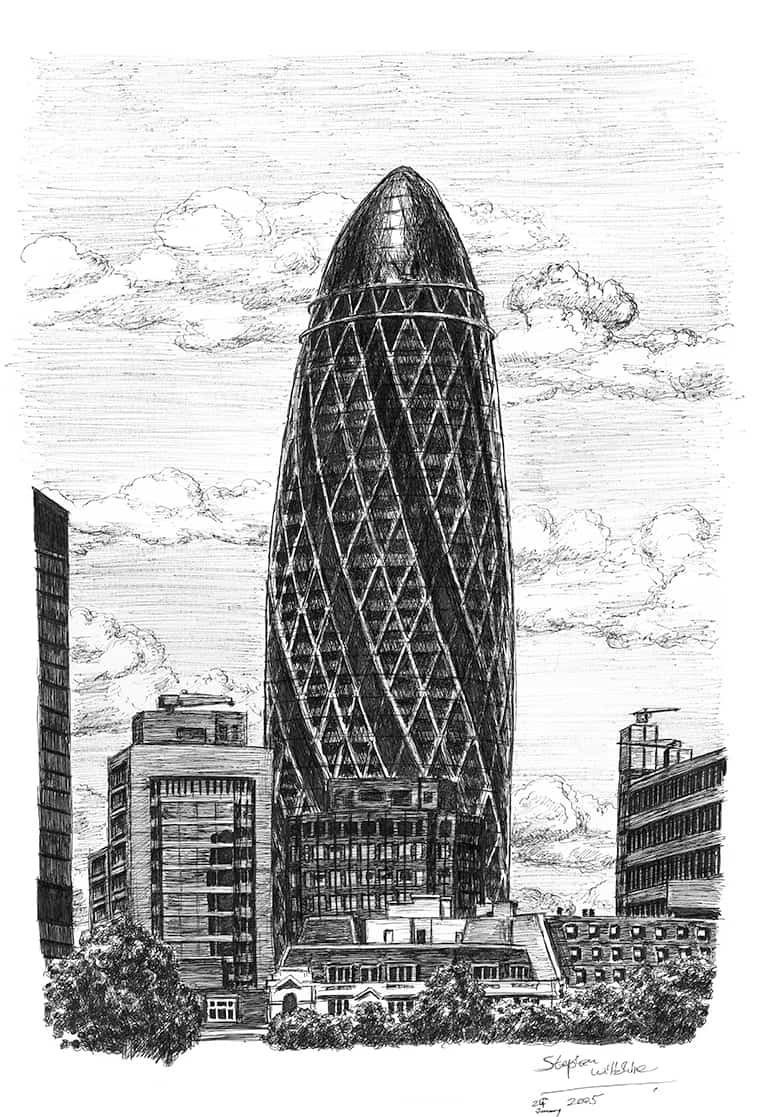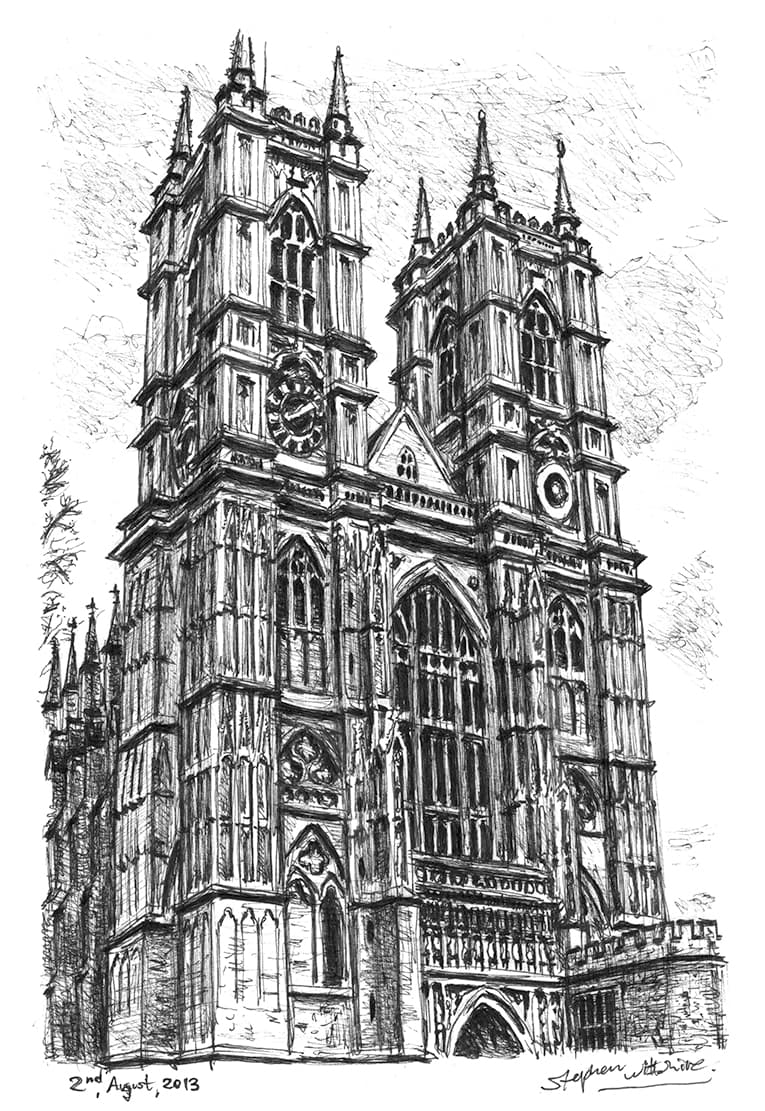

In this step, we will see the loading of Data from employees table into table sample bucket.īefore we start moving employees data into buckets, make sure that it consist of column names such as first_name, job_id, department, salary and country. Step 2) Loading Data into table sample bucketĪssuming that”Employees table” already created in Hive system.

Loading data into partition tablestate_part.In this step Setting partition mode as non-strict( This mode will activate dynamic partition mode).Creation of partition table with state as partition key.Creation of table all states with 3 column names such as state, district, and enrollment.The following screen shots will show u the execution of above mentioned codeįrom the above code, we do following things There are going to be 38 partition outputs in HDFS storage with the file name as state name.Actual processing and formation of partition tables based on state as partition key.SELECT district,enrolments,state from allstates INSERT OVERWRITE TABLE state_part PARTITION(state) Load data local inpath '/home/hduser/Desktop/AllStates.csv' into table allstates Ĭreate table state_part(District string,Enrolments string) PARTITIONED BY(state string) įor partition we have to set this property set .mode=nonstrict Loading data into created table all states.Such that each state data can be viewed separately in partitions tables.Ĭreate table all states(state string, District string,Enrolments string) If we take state column as partition key and perform partitions on that India data as a whole, we can able to get Number of partitions (38 partitions) which is equal to number of states (38) present in India. “Client having Some E –commerce data which belongs to India operations in which each state (38 states) operations mentioned in as a whole. Partition keys are basic elements for determining how the data is stored in the table. Partition is helpful when the table has one or more Partition keys. Hive Partitions is a way to organizes tables into partitions by dividing tables into different parts based on partition keys. Rning about monitoring and surveillance, automation, the gig economy and the quantified self in the workplace.Tables, Partitions, and Buckets are the parts of Hive data modeling. This collection will appeal to scholars in the Sociology of Work and Digital Labour Studies and anyone interested in lea These cases are couched in historical accounts of identity and selfhood experiments seen in the Hawthorne experiments and the lineage of automation. Precarious gig economy workers ride bikes and drive taxis in China and Britain domestic workers’ timekeeping and movements are documented call centre workers in India experience invasive tracking but creative forms of worker subversion are evident warehouse workers discover that hidden data has been used for layoffs academic researchers see their labour obscured by a ‘data foam’ that does not benefit them and journalists suffer the algorithmic curse.
#DRAW STRUCTURES IN HIVEBENCH SERIES#
This collection provides a series of accounts of workers’ local experiences that reflect the ubiquity of work’s digitalisation.

#DRAW STRUCTURES IN HIVEBENCH MANUAL#
In the era of the so-called Fourth Industrial Revolution, we increasingly work with machines in both cognitive and manual workplaces.


 0 kommentar(er)
0 kommentar(er)
